Description
Bently Nevada 1900/65A-00-00-02-00-01 – General Purpose Equipment Monitor for Reliable Vibration Protection
The Bently Nevada 1900/65A-00-00-02-00-01 is a dual‑channel, general-purpose equipment monitor designed to protect balance‑of‑plant assets—think pumps, fans, blowers, small compressors, and gearboxes—where you want dependable vibration alarms without installing a full rack system. From my experience, it’s the kind of unit you pick when you need hardwired alarms, clean 4–20 mA signals to the DCS/PLC, and simple installation on a DIN rail inside a local control panel.
Company’s Order Placement Process and Guarantees
- Warranty: 365 days
- Delivery time: 1 week if in stock; no more than one month at the latest
- Payment: 50% advance payment; full payment before delivery
- Express options: FedEx, UPS, DHL
Key Features
- Dual-channel monitoring – Typically handles two vibration measurements (e.g., radial vibration or casing vibration) on a single machine.
- Multiple sensor compatibility – Works with common Bently Nevada proximity probes (for shaft vibration/thrust) and seismic/velocity sensors for casing vibration.
- Discrete alarm relays – Alarm and trip logic for local shutdown or interlock; you get fast, deterministic protection without relying on the network.
- 4–20 mA outputs – Proportional outputs per channel for simple trending in DCS/PLC systems.
- Buffered transducer outputs – Handy for portable analyzers; technicians can verify signals at the panel during route-based checks.
- DIN-rail mounting – Compact form factor, usually a quick fit inside existing panels with standard 35 mm DIN rails.
- Rugged design – Built for industrial environments; typically used on balance-of-plant where reliability matters more than fancy graphics.
Technical Specifications
| Brand / Model | Bently Nevada 1900/65A-00-00-02-00-01 (General Purpose Equipment Monitor) |
| Product Type | Dual-channel vibration/condition monitor with alarm relays |
| HS Code | 9031.80 (Measuring/checking instruments; typical classification) |
| Power Requirements | 24 VDC nominal (commonly used on this series); other power options exist depending on sub‑model |
| Signal Inputs | Proximity probes (shaft vibration/thrust), seismic/accelerometer or velocity sensors (casing vibration) |
| Signal Outputs | Two 4–20 mA outputs (typical), alarm/trip relays, buffered transducer outputs for diagnostics |
| Communication Interfaces | Hardwired I/O; no native Ethernet. Some configurations support serial integration—confirm by model code. |
| Installation Method | DIN-rail mounting (TS-35) inside industrial control panels |
| Operating Temperature | Industrial range; −20 to +65 °C is typical for similar variants (verify on nameplate for this exact code) |
Application Fields
This model is commonly deployed on:
- Pumps and fans in utilities or water treatment where simple trip/alarm is sufficient.
- Blowers, small compressors, and packaged skids where rack-based systems are overkill.
- Gearboxes and motor bearings on conveyors, mills, or mixers—especially where operators want 4–20 mA trending plus hardwired trips.
- Remote or outdoor skids; the DIN-rail layout simplifies enclosure design.
One thing I appreciate is how maintenance teams can plug into the buffered outputs and quickly validate sensor health without dismantling anything. In many cases, that cuts troubleshooting time dramatically.
Advantages & Value
- Reliability – Proven Bently Nevada signal chain; stable alarm setpoints reduce nuisance trips.
- Compatibility – Works with standard Bently proximity probes and common industrial accelerometers/velocity sensors.
- Cost-effective protection – You get hardware trips and clean 4–20 mA outputs without paying for a full rack and server.
- Ease of integration – Hardwired I/O slots straight into existing DCS/PLC analog inputs and interlocks.
- Support & lifecycle – Broad installed base means spare parts and expertise are easier to secure.
A maintenance supervisor told us their 1900/65A setup “just runs”—they liked the straightforward alarm logic and the fact that operators can see trends in the DCS without learning a new software package.
Installation & Maintenance
- Panel & environment – Mount on a 35 mm DIN rail in a clean, dry enclosure. Provide ventilation; avoid high-vibration mounting surfaces.
- Wiring – Use shielded, twisted-pair cabling for sensor inputs. Ground shields at one end only to limit noise. Keep power and signal wiring segregated.
- Power – Stable 24 VDC supply is typical; size the PSU with headroom for startup and relay inrush.
- Alarm tuning – Set Alert/Danger thresholds with proper baselining. From my experience, starting with ISO/industry norms and then tuning to machine behavior works best.
- Routine checks – Quarterly review of 4–20 mA trends; verify relay function with simulated signals; clean terminals and inspect grounds.
- Calibration – Annual verification using a reference signal or comparison to a portable analyzer via buffered outputs seems to be a good practice.
- Firmware/config – If applicable to your revision, document configuration files and back them up after each change.
Quality & Certifications
- Certifications – CE compliant; UL/cUL and RoHS are commonly available for this product family. Hazardous area approvals may depend on sub‑model options.
- Warranty – 365 days from shipment.
Common Accessories & Supporting Components
- Proximity probe systems (e.g., Bently Nevada 3300 XL series) for shaft vibration and thrust position.
- Industrial accelerometers/velocity sensors for casing vibration (Bently Nevada seismic sensors or equivalents).
- DIN-rail power supplies (24 VDC) and terminal blocks for clean panel integration.

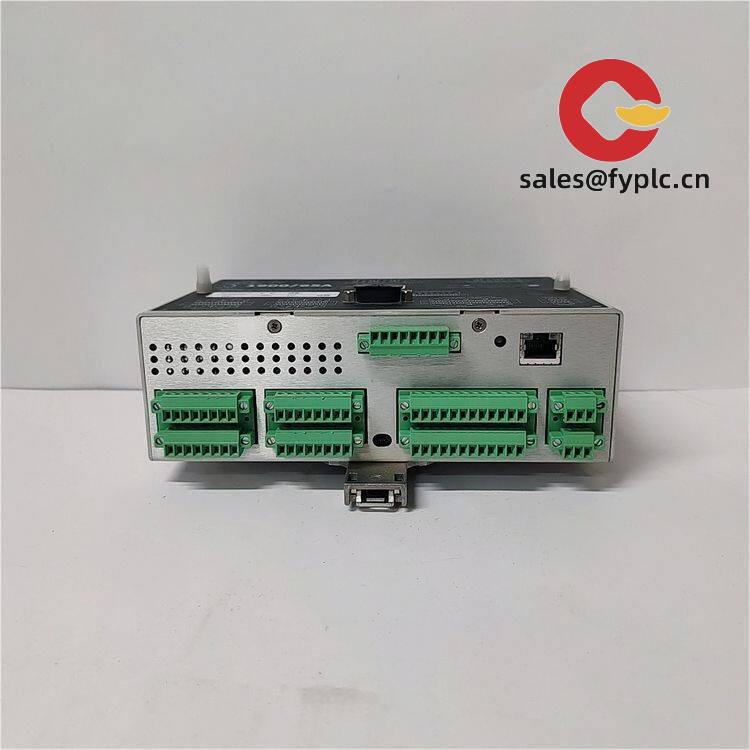
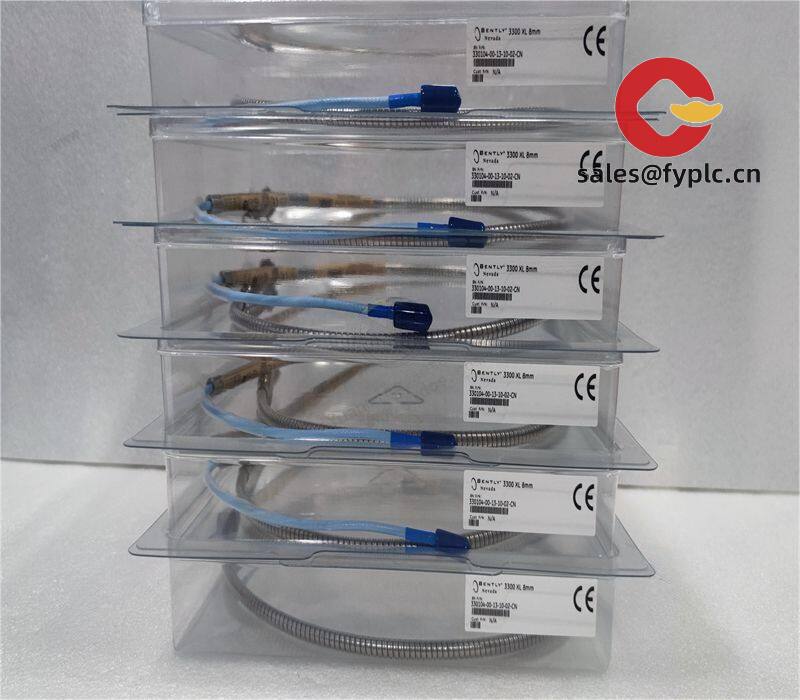
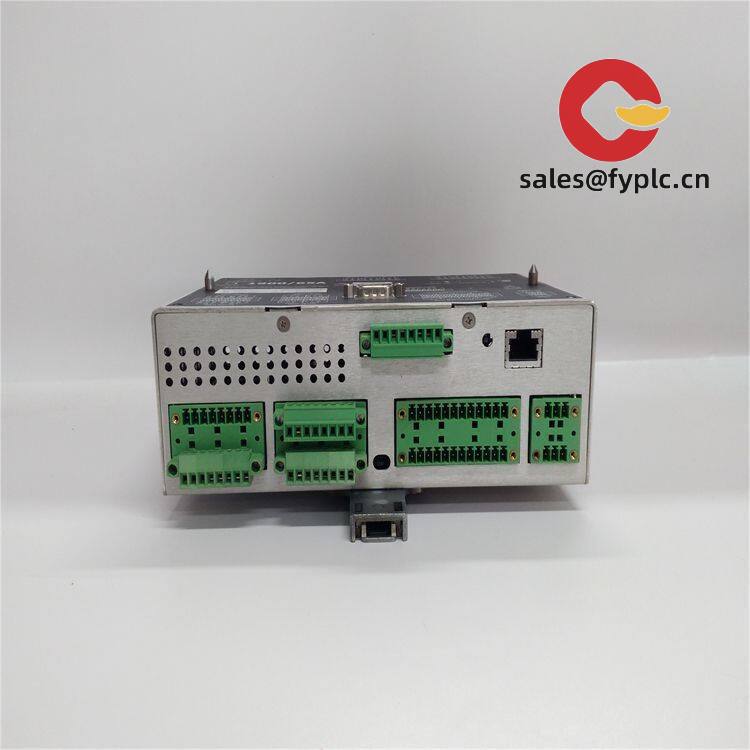
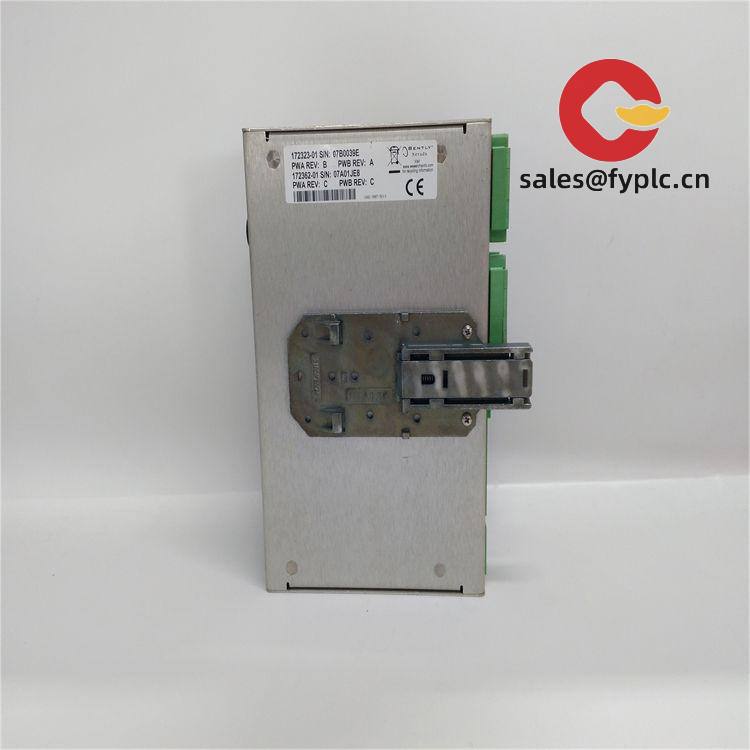
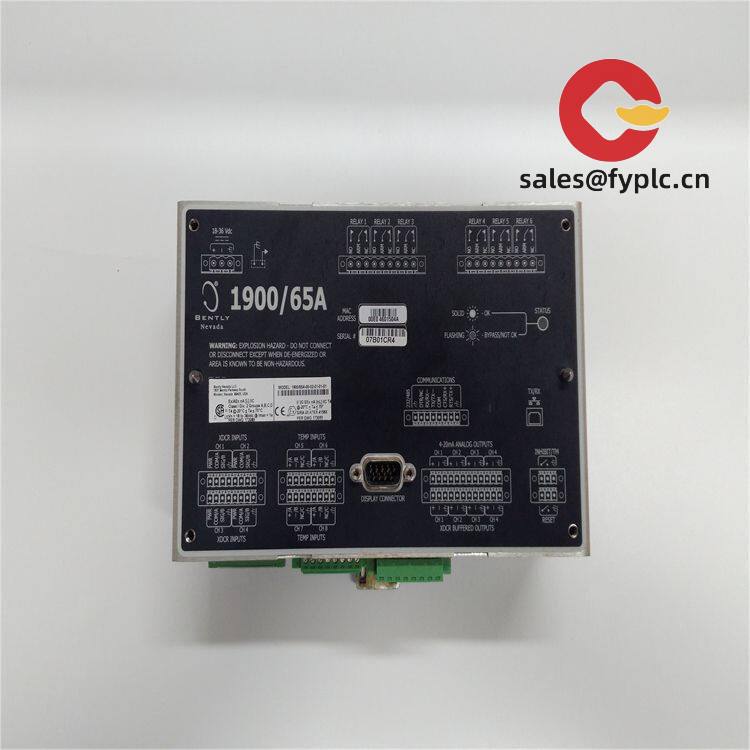

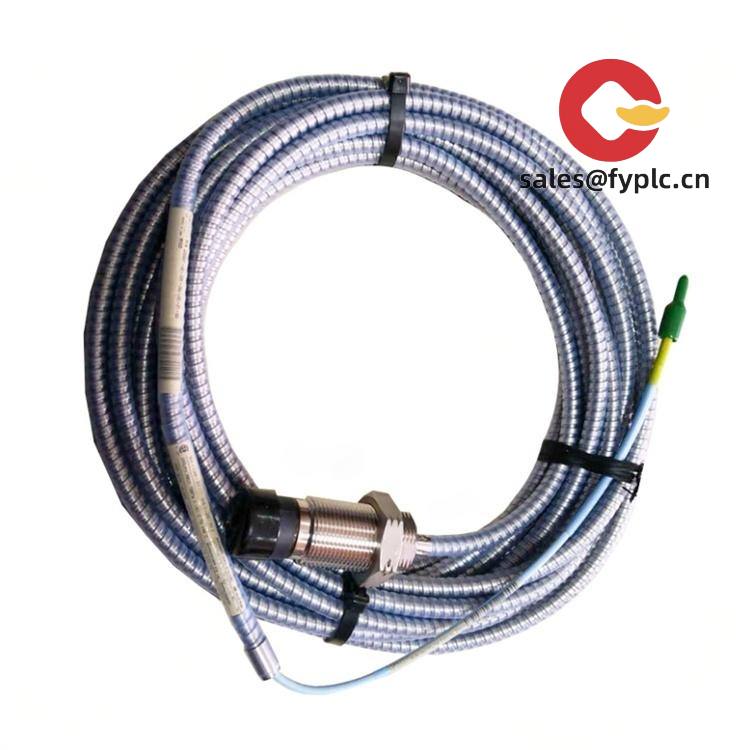
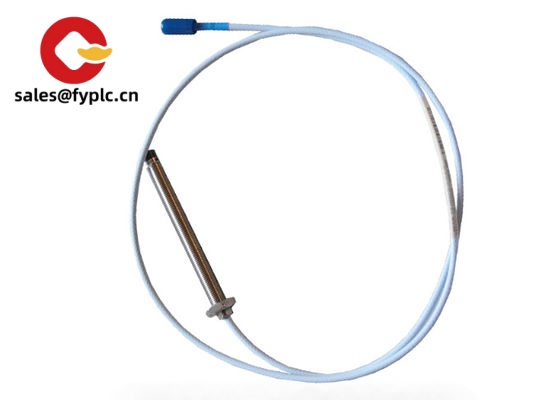



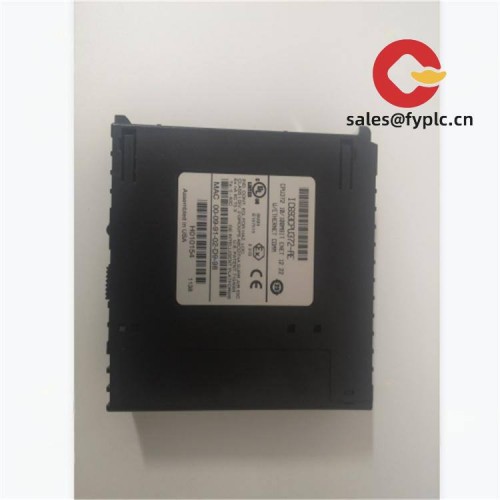
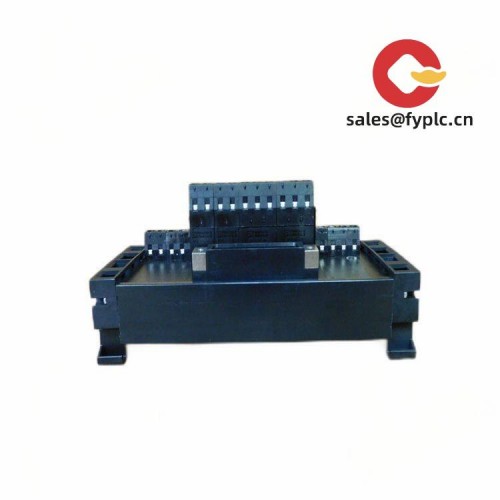
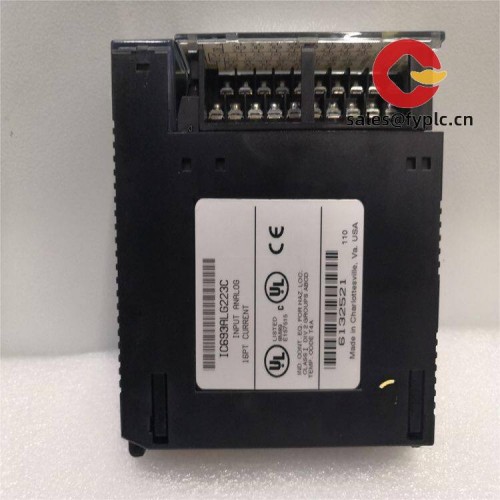


Reviews
There are no reviews yet.